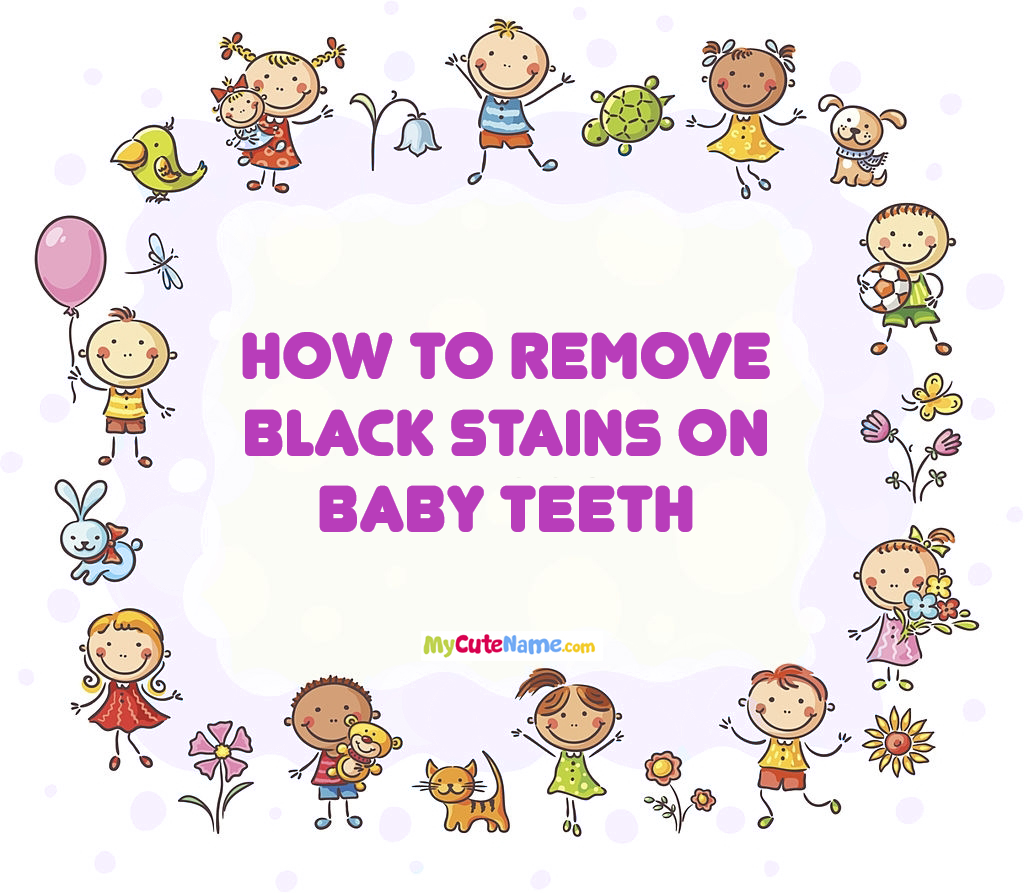


Dealing with dental concerns in babies can be worrisome for parents, especially when it comes to noticing black stains on their little one's teeth. While baby teeth are temporary, maintaining their health is crucial for proper development and future oral hygiene habits. Black stains on baby teeth can be alarming, prompting parents to seek solutions for their removal. Understanding the causes behind these stains and learning effective methods for their removal is essential for ensuring the well-being of your child's dental health. Let's explore some practical tips and strategies for addressing and removing black stains on baby teeth to promote a bright and healthy smile.
Step 1
Steer clear of any solutions that advocate the use of baking soda, vinegar, or citrus fruits. Abrasive substances and vigorous scrubbing with these acidic ingredients can cause damage to the enamel of your teeth.
Step 2
Refrain from using scrubs containing activated charcoal or a mixture of baking soda and hydrogen peroxide. These abrasive treatments can erode your tooth enamel.
Step 3
Steer clear of swishing coconut oil (known as oil pulling) as there is no scientific evidence to back its teeth-whitening claims. Similarly, avoid using spices like turmeric as there is no scientific evidence supporting its efficacy in whitening teeth. Turmeric's bold orange/yellow color can even stain teeth, making it counterintuitive to use for whitening.
Different Types of Stains
Were you aware that there are different types of stains that can affect teeth? Indeed, there are three main categories. The first is known as "Extrinsic" stains, which are surface-level and can be readily seen. Regular dental cleanings can often take care of these stains. The second category is "Intrinsic" stains, which are more challenging as they penetrate the tooth's surface and settle within the enamel. These stains may require professional bleaching by a dentist. Lastly, there are "Age-Related" stains, which develop gradually over time. These stains are a combination of the first two types and can result in the dentin beneath the enamel becoming visible, giving the teeth a darker appearance.
Why Do Teeth Stain or Become Discolored?
There are various factors that can contribute to staining, discoloration, or spots on teeth. Among the most common causes are:
What You Can Do to Protect Teeth from Staining
How to Safeguard Teeth Against Staining:
Conclusion
In conclusion, removing black stains on baby teeth requires careful consideration of the underlying causes and appropriate preventive measures. Avoiding abrasive remedies and focusing on maintaining good oral hygiene practices are essential steps in preserving the health and appearance of your child's teeth. By understanding the different types of stains and addressing contributing factors such as dietary choices and oral hygiene habits, parents can effectively manage and prevent black stains on their baby's teeth. Consulting with a dentist for professional guidance and treatment options is recommended for optimal dental care and overall well-being.
Note: Please also check your spam or junk email folder.